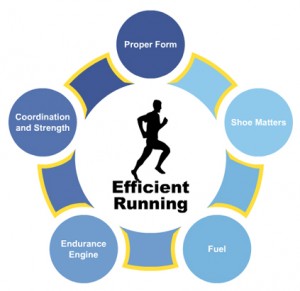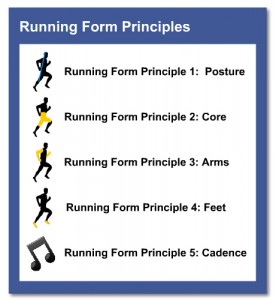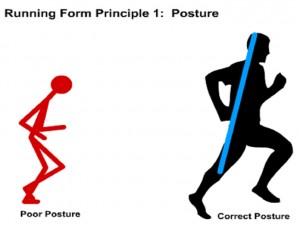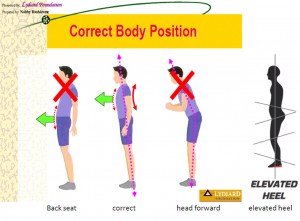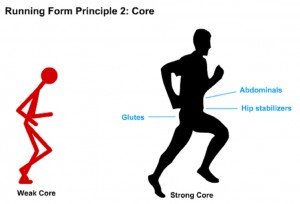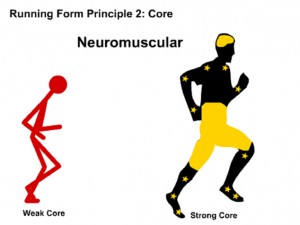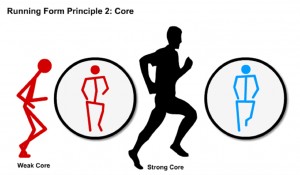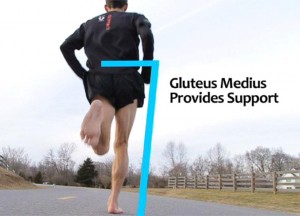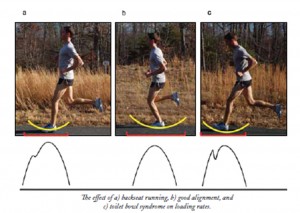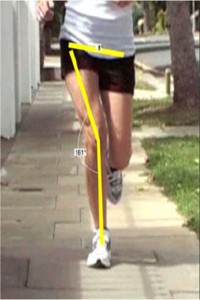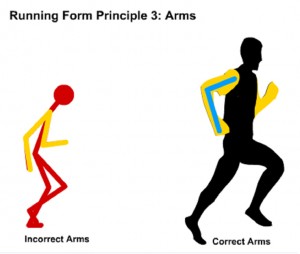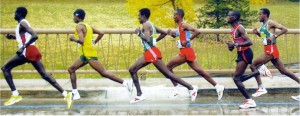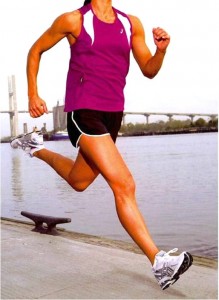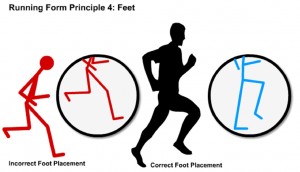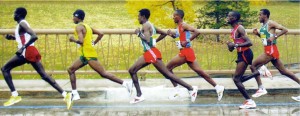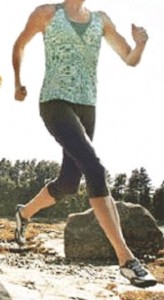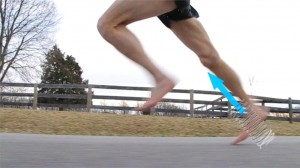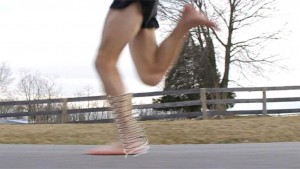For the past 12 years, I have dissected and modified hundreds of shoes, taught running form clinics around the country, opened a minimalist store in my home town of Shepherdstown, West Virginia, directed races (from 5K fun runs to marathons), got local children excited about running, and most importantly listened with all my senses –starting with my bare soles. Unless runners understand the important principles of the gait cycle, or running movement, it can be difficult to know how to make the personal (and go-it-slow, gradual) adaptation to natural running. Still, it bears mentioning: natural running is not a brand or specific method, but rather what humans have done for millions of years. There is no perfect way to run and science will never give us all the answers. The beauty of running is in the play and art of the movement.
Although this information might appear technical in a few places, it can be easily learned for all runners. Use this section together with the Drills and Mobility and Stability as you progress.
Please view our videos on the “how” and “why” of learning a barefoot or natural running style
Video Principles of Natural Running (1st presented at UVA Running Medicine conference 2012)
Video Barefoot Running Style (1st presented at AMAA Boston Marathon Sports Medicine Symposium 2011)
Good Form is just part of the Essentials of Efficient and Healthy Running
Running Form Principle 1: Run Tall Posture
Correct
- Run tall – imagine your column being stacked under your head
- Look straight ahead to the horizon
- Ball of foot and heel are level on ground
- To move forward lean in like giving a kiss
Wrong:
- Back Seat Posture
- Bent Forward at Waist
- Body Adjustments to Heel Lift
Running Form Principle 2: Strong and Stable Core
Correct:
- Core = abdominals, hips, and glutes
- strong and stable while in motion
- proper timing of nerves and muscles- neuromuscular
- allows optimal energy transfer from the ground
Wrong:
- Back Seat
- Head Forward
- Hip Dip – See picture below, weak hips
- Side to Side Motion
Back Seat Good! Head Forward
Courtesy “Anatomy for Runners” by Jay Dicharry
Hip Dip
Running Form Principle 3: Arms and Hands
Correct:
- arms set rhythm
- elbows at 90 degrees or less
- relaxed rearward drive of elbow
- arms reflexively come forward
- knuckles close to sternum- foot always lands under hand.
Wrong:
- hands should not cross center
- do not pump arms
- arm out in front and overstride
Look at the Hand, out in front. Where is the foot landing?
Running Form Principle 4: Feet
Correct:
- Feet land close to center
- FULL foot contacts ground
- Balance and Rhythm
- Legs store and release energy
- use glutes to get foot down and generate more spring and power
Look at the Feet….Perfect Foot Placement
Wrong:
- Overstride forefoot landing- foot stretched out in front
- Forefoot landing without letting heel settle down (running on balls of feet)
- Overstride heel landing
Forefoot Landing too far in front
Overstride!
Running Form Principle 5: Cadence and Rhythm
Correct:
- harness the energy from your springs
- Engage the glutes and pop off the ground
- extend hips to propel forward
- cadence 170-180 steps per minute
- Find rhythm that is natural for your springs
Wrong:
- Do not actively lift your leg upward- let it spring
- Slow sticky over-stride pattern. Uses excessive muscle energy.
- Cadence too fast overdriving spring
Begin to Run
To bring this all together- 1-2-3 Run!
- Get Tall
- Run in place with elastic rhythm
- Move Face Forward
…now to go faster push a bit and extend
To see this in video go here
A few extra words of wisdom from my friend Brian Martin in Australia
While it’s easy to describe the principles of good natural running technique, it’s much harder to learn them; this is where experiencing different stimulus such as barefoot running, wearing minimalist running shoes, strength training and using specific mental cues to activate your buttocks can help.
Learning any new skill takes time and experimentation, so it’s better to think of it as a cycle rather than a linear progression with a fixed end point. You can always keep learning and evolving; new discoveries feed your progress and inspire new levels of performance, but you must be prepared to try and fail as part of the journey. This is where taking things slowly is all important, as it keeps the magnitude of any failure small i.e. a bit of soreness and a day off running rather than a full blown injury that keeps you out for months.
We often get questions on differentiating what we teach from Pose Running. go to the article linked here which was presented as a handout at UVA Running Medicine 2012

